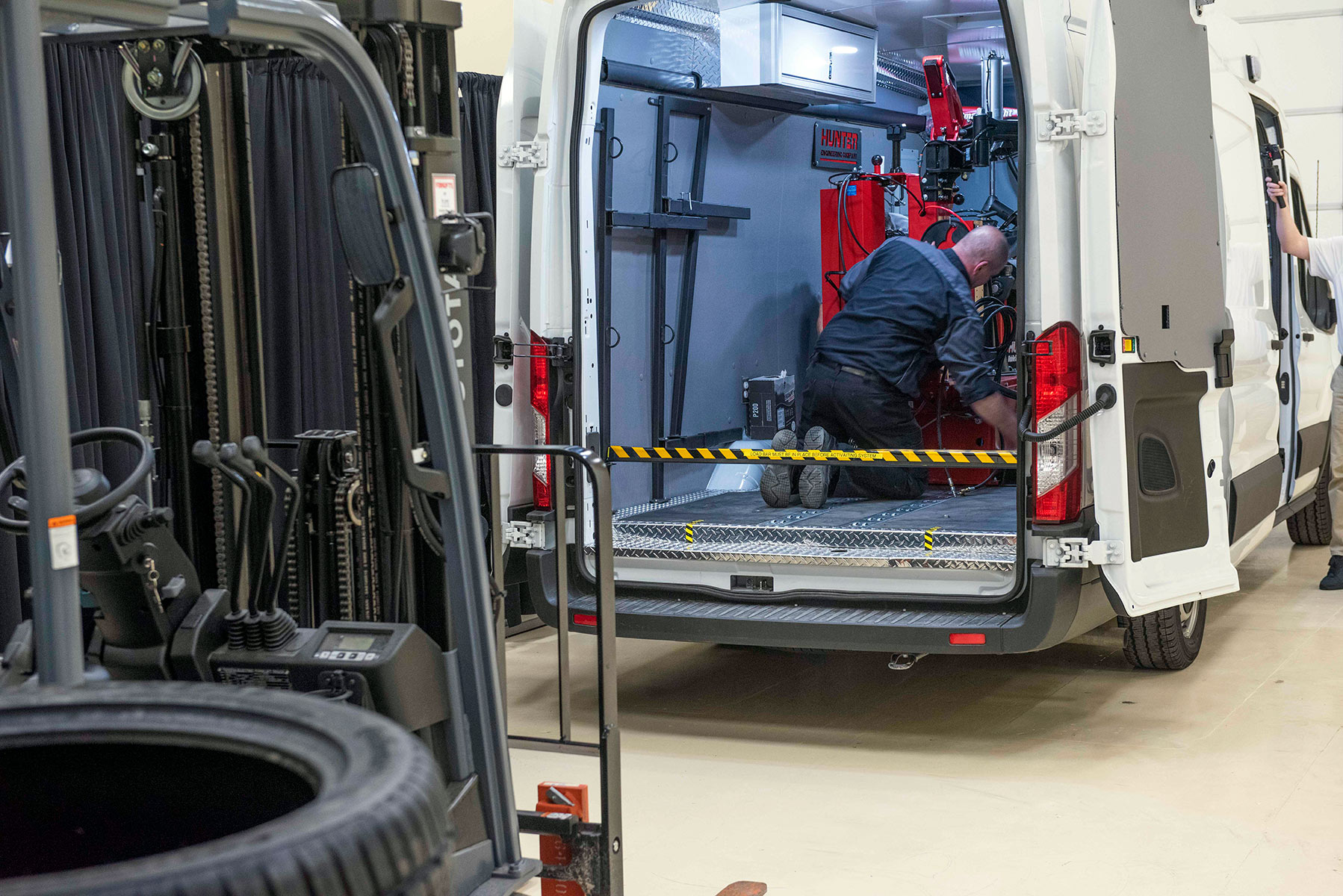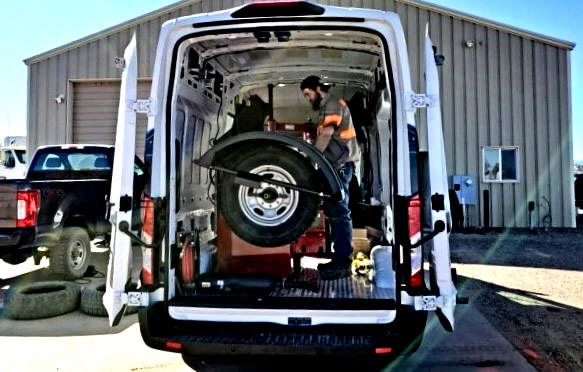Rapid and Specialist Mobile Tire Repair Las Vegas Solutions
Rapid and Specialist Mobile Tire Repair Las Vegas Solutions
Blog Article
Tire Service: Proven Methods for Ideal Tire Maintenance and Care
From ensuring proper tire stress to normal rotation and placement, there are tried and tested methods that can significantly expand the life expectancy of your tires and improve general driving experience. Let's delve right into the globe of tire service and find the keys to maintaining your tires in excellent form for the lengthy haul - Mobile Tire Service Las Vegas.
Importance of Tire Pressure
Proper tire stress is a vital consider guaranteeing optimum automobile performance and safety when traveling. Maintaining the recommended tire stress degrees given by the maker provides numerous advantages. Sufficient tire pressure advertises much better fuel effectiveness, as under-inflated tires can lead to raised rolling resistance, creating the engine to function harder and take in even more fuel. Second of all, right tire pressure guarantees even step wear, improving tire durability and saving cash over time by postponing the need for early replacements. Additionally, appropriately blew up tires add to boosted handling and stopping capacities, vital for safe driving in various road conditions. Over-inflated tires, on the various other hand, can result in reduced traction and a harsher experience. On the other hand, under-inflated tires are prone to getting too hot, which can lead to mishaps and blowouts. Frequently readjusting and checking tire pressure, particularly eventually trips, is a straightforward yet reliable method to boost lorry efficiency, expand tire life-span, and prioritize safety and security on the road.
Tire Turning Guidelines
When considering tire rotation standards, it is important to comprehend the value of this maintenance task in making the most of tire life-span and preserving ideal automobile efficiency. Tire rotation entails changing the placement of each tire on a lorry to ensure also step wear. Front tires have a tendency to put on faster than back tires as a result of steering forces, making regular rotation essential for balanced wear patterns. The advised rotation pattern differs relying on whether a car is front-wheel, rear-wheel, all-wheel, or four-wheel drive. Normally, tires should be revolved every 5,000 to 7,500 miles, or as suggested in the car guidebook. Ignoring tire rotation can lead to uneven wear, impacting handling, traction, and potentially compromising lorry safety and security. By adhering to appropriate turning guidelines, motorists can expand the life of their tires, boost gas effectiveness, and enhance overall driving experience. Regular turning is a straightforward yet effective maintenance practice that contributes substantially to tire longevity and lorry performance.

Benefits of Wheel Positioning
Making sure proper wheel alignment after tire turning is crucial for keeping well balanced wear patterns and taking full advantage of lorry performance. Wheel placement describes the change of the angles of the wheels to the manufacturer's specs. Among the essential advantages of wheel alignment is improved handling and steering response. When the wheels are effectively lined up, it minimizes guiding effort, guaranteeing a smoother and more regulated driving experience. Additionally, correct wheel placement helps to expand the life-span of your tires. Misaligned wheels can trigger uneven tire wear, bring about early tire substitute and boosted upkeep costs.

Tire Tread Deepness Examine
Executing a normal assessment of tire step depth is necessary for preserving safe driving problems and lengthening the life expectancy of your tires. The tread on your tires plays an important duty in supplying traction, particularly in unsafe or wet conditions. To check your tire walk deepness, you can use a step deepness scale or the cent test. The suggested tread depth goes to least 2/32 of an inch. It is time to change your tires to make sure ideal performance and safety on the road if the tread deepness is listed below this limit. Unequal step wear can show issues with tire stress, suspension, or alignment, highlighting the significance of routine tread depth checks. Ignoring to keep track of and keep appropriate walk deepness can bring about decreased hold, longer stopping distances, and a raised threat of hydroplaning. By incorporating tire step depth checks right into your regular upkeep timetable, you can drive with confidence recognizing that your tires are in leading condition.
Seasonal Tire Examination
Seasonal tire examination is a fundamental aspect of tire maintenance that makes certain tires are ready to encounter the challenges postured by different climate problems. In preparation for winter months, it is necessary to check the tire pressure on a regular basis as chilly temperatures can create tire pressure to go down. By performing routine seasonal tire assessments, motorists can extend tire life expectancy, enhance fuel effectiveness, and most notably, guarantee a safe driving experience in varying weather condition conditions.
Conclusion
Finally, preserving appropriate tire pressure, rotating tires routinely, straightening wheels properly, keeping an eye on step deepness, and carrying out seasonal inspections are vital practices for optimum tire care. By adhering to these shown approaches, drivers can guarantee their tires last much longer, carry out far better, and add to overall vehicle security. It is very important to prioritize tire upkeep to stop accidents, boost fuel efficiency, and prolong the life-span of tires.
Adequate tire pressure promotes much better gas efficiency, as under-inflated tires can lead to enhanced rolling resistance, causing the engine to work more challenging and consume more gas.When thinking about tire rotation guidelines, it is necessary to recognize the significance of this upkeep task in maximizing tire life expectancy and maintaining ideal vehicle efficiency. Seasonal tire inspection is a basic facet of tire upkeep that makes certain tires are prepared to deal with the challenges postured by various weather condition conditions. By carrying out regular seasonal tire evaluations, drivers can prolong tire lifespan, boost gas effectiveness, and blog most importantly, ensure a secure driving experience in varying climate conditions.
In verdict, maintaining proper tire pressure, revolving tires frequently, lining up wheels correctly, checking tread deepness, and performing seasonal evaluations are important techniques for optimum tire treatment.
Report this page